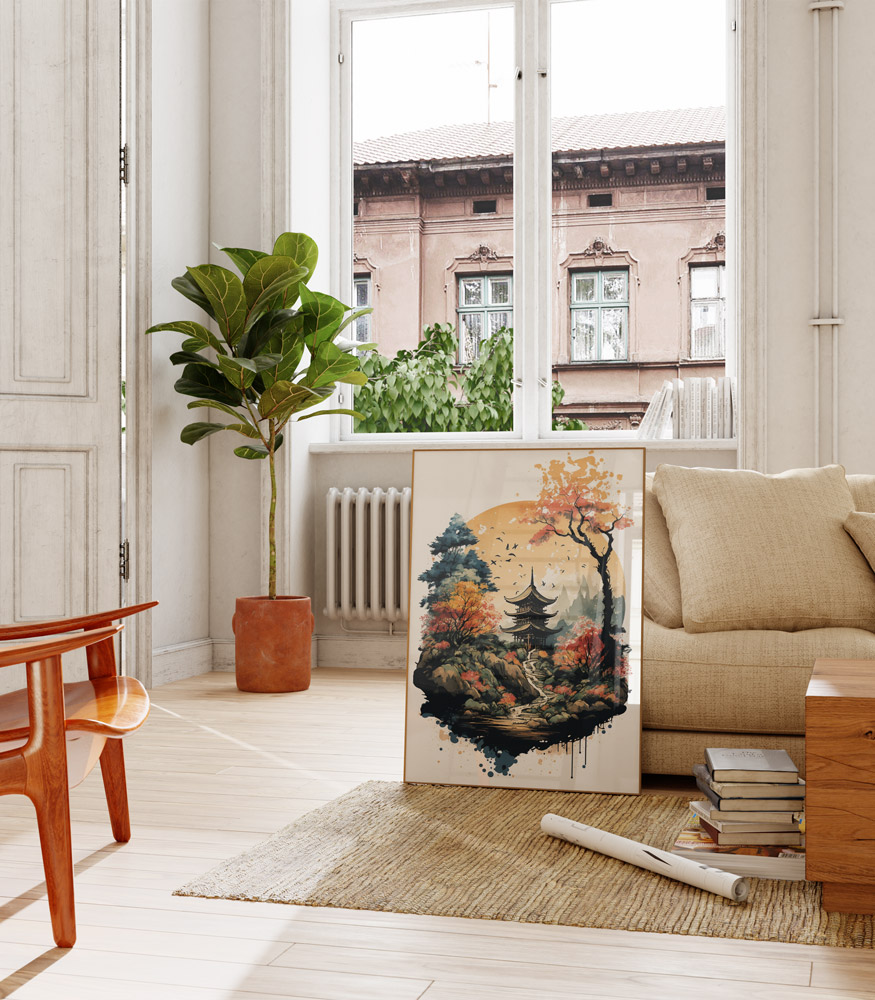In the digital age, art has transcended traditional boundaries, embracing new forms and mediums. One such evolution is the emergence of Printable art, a trend that has gained immense popularity in recent years. This innovative approach not only redefines the way we perceive and consume art but also democratizes creativity by making it accessible to a broader audience.
Printable art refers to digital files that can be downloaded and printed at home or through professional printing services. This form of art covers a wide spectrum, including illustrations, photographs, paintings, and graphic designs. The convenience of obtaining high-quality digital files allows art enthusiasts to personalize their spaces with unique and affordable pieces.
One of the primary advantages of printable art lies in its accessibility. Traditional artwork often comes with a hefty price tag, limiting the ability of many individuals to invest in original pieces. Printable art, on the other hand, offers a cost-effective alternative without compromising on quality. Art lovers can explore a vast array of styles, themes, and artists without breaking the bank.
The digital nature of Printable art also facilitates instant gratification. Once a digital file is purchased, it can be downloaded and printed immediately, allowing individuals to decorate their homes or offices with minimal waiting time. This immediacy contrasts with the traditional art market, where acquiring and shipping physical pieces can take weeks or even months.
Furthermore, printable art grants a level of flexibility and customization that traditional art cannot match. Buyers can choose the size, color scheme, and framing options that best suit their preferences and spaces. This personalized touch not only enhances the overall aesthetic but also establishes a deeper connection between the viewer and the artwork.
The environmental impact of printable art is another noteworthy aspect. By eliminating the need for physical production, transportation, and packaging, printable art contributes to a more sustainable and eco-friendly art industry. This aligns with the growing global consciousness towards reducing carbon footprints and promoting environmentally responsible practices.
The rise of printable art has also opened up new avenues for artists to showcase and sell their work. Independent artists and designers can reach a global audience without the constraints of traditional galleries or intermediaries. Online platforms and marketplaces dedicated to printable art have flourished, providing a space for creators to share their talent and for buyers to discover unique pieces from around the world.
Despite the many benefits, printable art has not been without its challenges. The potential for copyright infringement and unauthorized distribution of digital files poses a threat to artists and their livelihoods. Striking a balance between accessibility and protecting artists’ intellectual property rights remains an ongoing challenge for the printable art community.
In conclusion, printable art represents a transformative shift in the art world, offering accessibility, affordability, and customization to a diverse audience. As technology continues to advance, and the digital landscape evolves, printable art is likely to remain a significant force in shaping how we experience and appreciate creativity in the modern era.
The Rise of Printable Art: Redefining Creativity and Accessibility

Categories:


